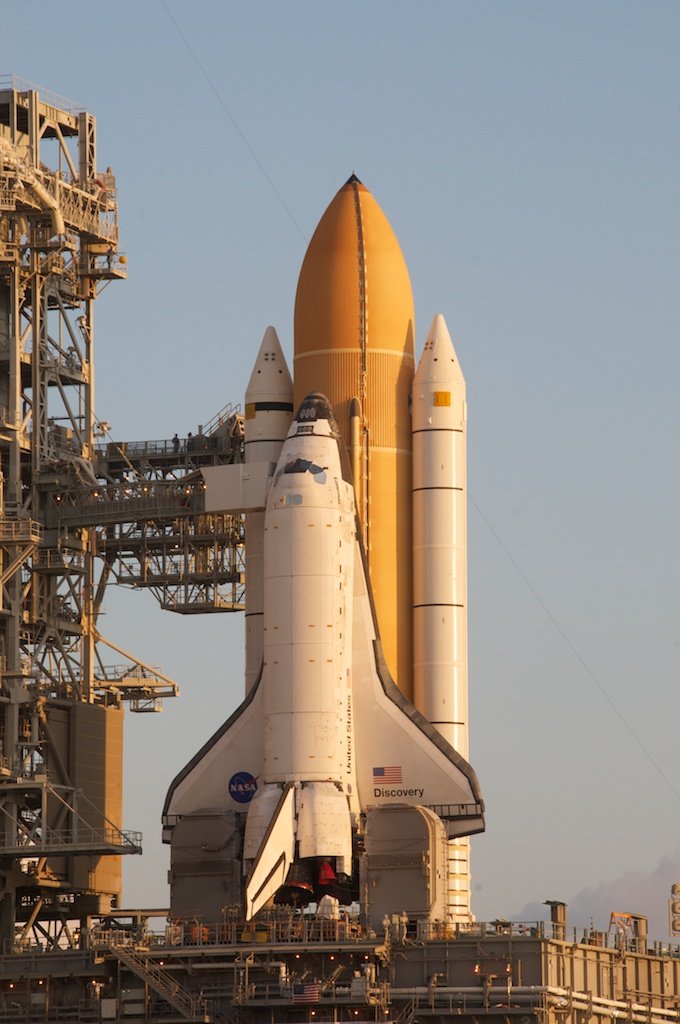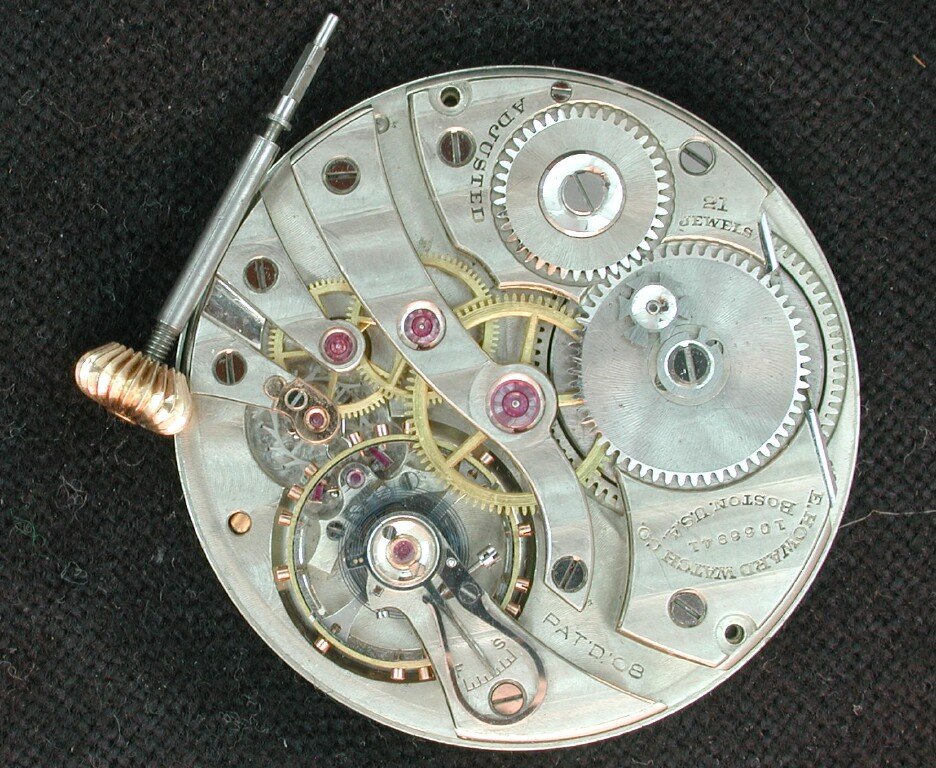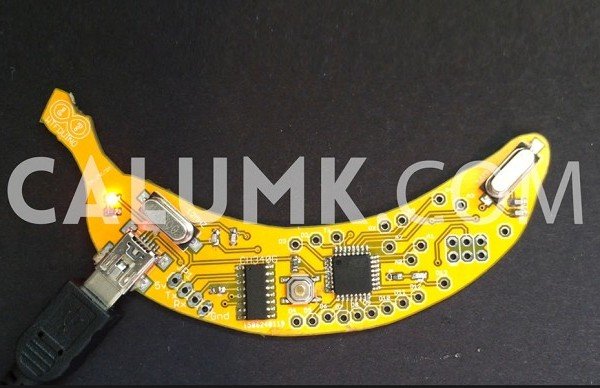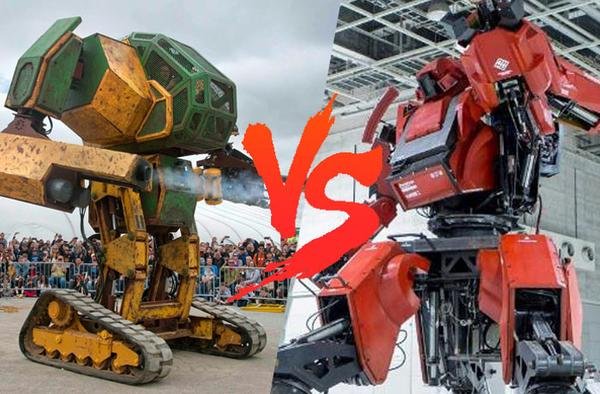Engineers at JPL (Jet Propulsion Laboratory) are working on a new class of robotic probe designed to stay aloft for a long time without wings or hot-air balloons in atmospheres of giant planets.
There is no shortage of
something different, challenging & cool things
at NASA & we know that very well. One of them is this- WINDBOTS, the new class of robots.
WHY –
Unlike moon & Mars which are already been explored by the robotic rovers, the giant gas planets like Jupiter & Saturn have no solid surface on which the rovers can land on. Hence there was a need to think about the probes which can stay aloft for long period of time. In 1995, NASA’s Galileo spacecraft dropped off an atmospheric probe that descended into Jupiter under a parachute.
The battery-powered probe survived only about an hour due to high heat and pressure as it fell into the planet’s deep atmosphere.
INSPIRATION –
Every masterpiece of Engineering is been inspired by one or the another form, directly or indirectly from Nature. Here, the team is inspired by the dandelion seed.
A dandelion seed is great at staying airborne. It rotates as it falls, creating lift, which allows it to stay afloat for long time, carried by the wind. We’ll be exploring this effect on windbot designs.
says Adrian Stoica, principal investigator for the Windbots study at JPL.
POWER SOURCE –
The Windbot must be able to use the energy resources available there. Solar would not be a good option as the probe would find itself on the planet’s night period for an extended period. The team thinks it might generate power by the same way some wristwatches make, by shaking. During the study, the team suspects that to harvest energy, turbulence can be used because in a dynamic, turbulent environment there are gradients – differences in energy from high to low – that can be used.
Windbots would also prove helpful to scientists to study turbulent weather on earth like tornados & hurricanes by transmitting data all the while.
The team has recently begun studying their question, thanks to a one-year, $100,000 study, funded by NASA’s Innovative Advanced Concepts (NIAC) program.
source:- nasa.gov
image source:- assets.inhabitat.com












